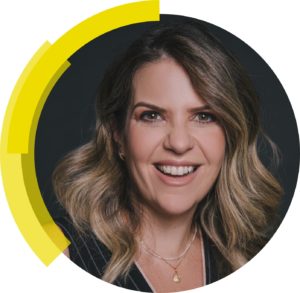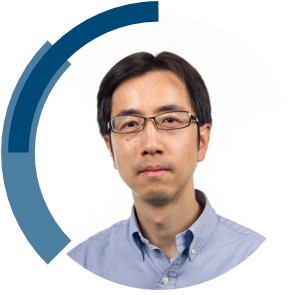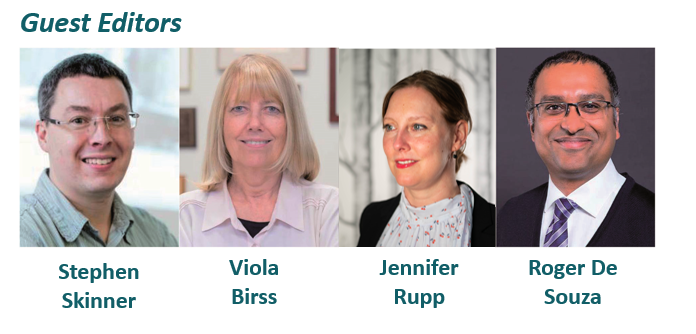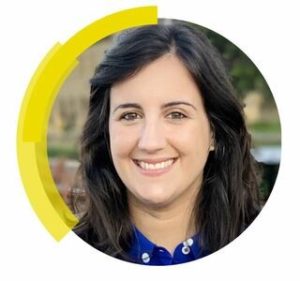Professor Ana Flavia Nogueira, Associate Editor, University of Campinas, Brazil
| Professor Ana Flavia Nogueira obtained her bachelor’s degree in Chemistry from the University of São Paulo (1996) and Master (1998) and PhD degrees in Chemistry from the University of Campinas (2001). She worked as a post-doctorate fellow at the Imperial College, UK, in 2001-2002 and as visiting researcher at Stanford University in 2017-2018. At the moment, she is Full Professor in the Chemistry Institute at UNICAMP and Director of the Center for Innovation on New Energies (CINE, www.cine.org.br). Professor Nogueira’s research focuses on the development of functional (nano)materials and their application in solar energy conversion. She has experience in the field of perovskite solar cells, perovskite quantum materials and dense energy carriers (generation of solar fuels through photoelectrocatalytic systems using water, CO2 and other low-added values substrates). |  |
Read these publications by Professor Ana Flavia Nogueira in Royal Society of Chemistry journals:
Jeann Carlos da Silva, Francineide Lopes de Araújo, Rodrigo Szostak, Paulo Ernesto Marchezi, Raphael Fernando Moral, Jilian Nei de Freitas and Ana Flávia Nogueira
J. Mater. Chem. C, 2020, 8, 9697-9706, DOI: 10.1039/D0TC02078H
Reduced graphene oxide in perovskite solar cells: the influence on film formation, photophysics, performance, and stability
Paulo Ernesto Marchezi, Francineide Lopes de Araújo, Rodrigo Szostack, José Carlos Germino, Eralci M. Therézio, Alexandre Marletta and Ana Flavia Nogueira
J. Mater. Chem. C, 2021, 9, 14648-14658, DOI: 10.1039/D1TC01360B
Professor Zhiguo Xia, Associate Editor, South China University of Technology, China
Read these publications by Professor Zhiguo Xia in Royal Society of Chemistry journals:
Design optimization of CsPbBr3 nanocrystals into zeolite Beta composites as ultra-stable green emitters for backlight display applications
Bohan Li, Yuchi Zhang, Yan Xu and Zhiguo Xia
J. Mater. Chem. C, 2021, 9, 12118-12123, DOI: 10.1039/D1TC02757C
Recent progress of zero-dimensional luminescent metal halides
Mingze Li and Zhiguo Xia
Chem. Soc. Rev., 2021, 50, 2626-2662, DOI: 10.1039/D0CS00779J
We encourage you to submit your best work to Ana, Zhiguo and our team of Associate Editors now! Check out the Journal of Materials Chemistry C and Materials Advances author guidelines for more information on our article types.
Please join us in welcoming Professors Ana Flavia Nogueira and Zhiguo Xia to the Journal of Materials Chemistry C and Materials Advances Editorial Boards.






















